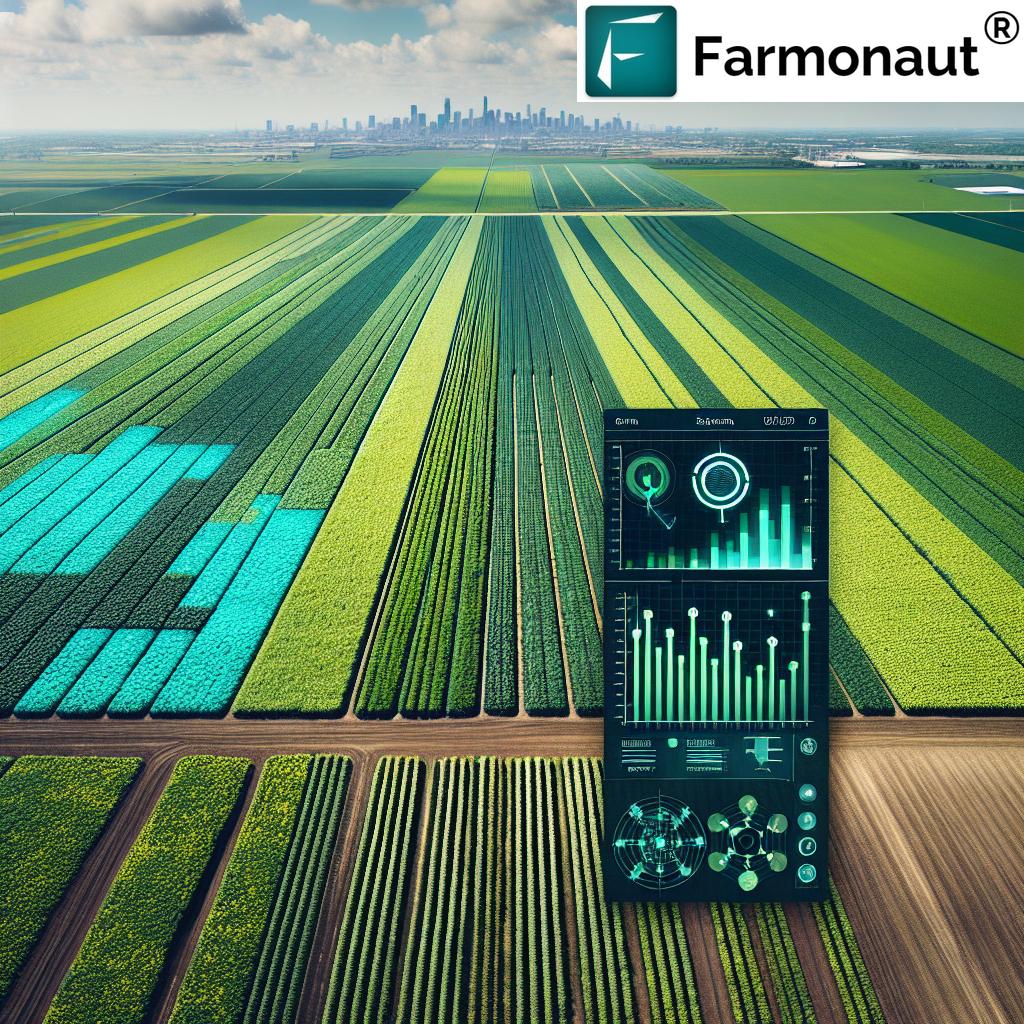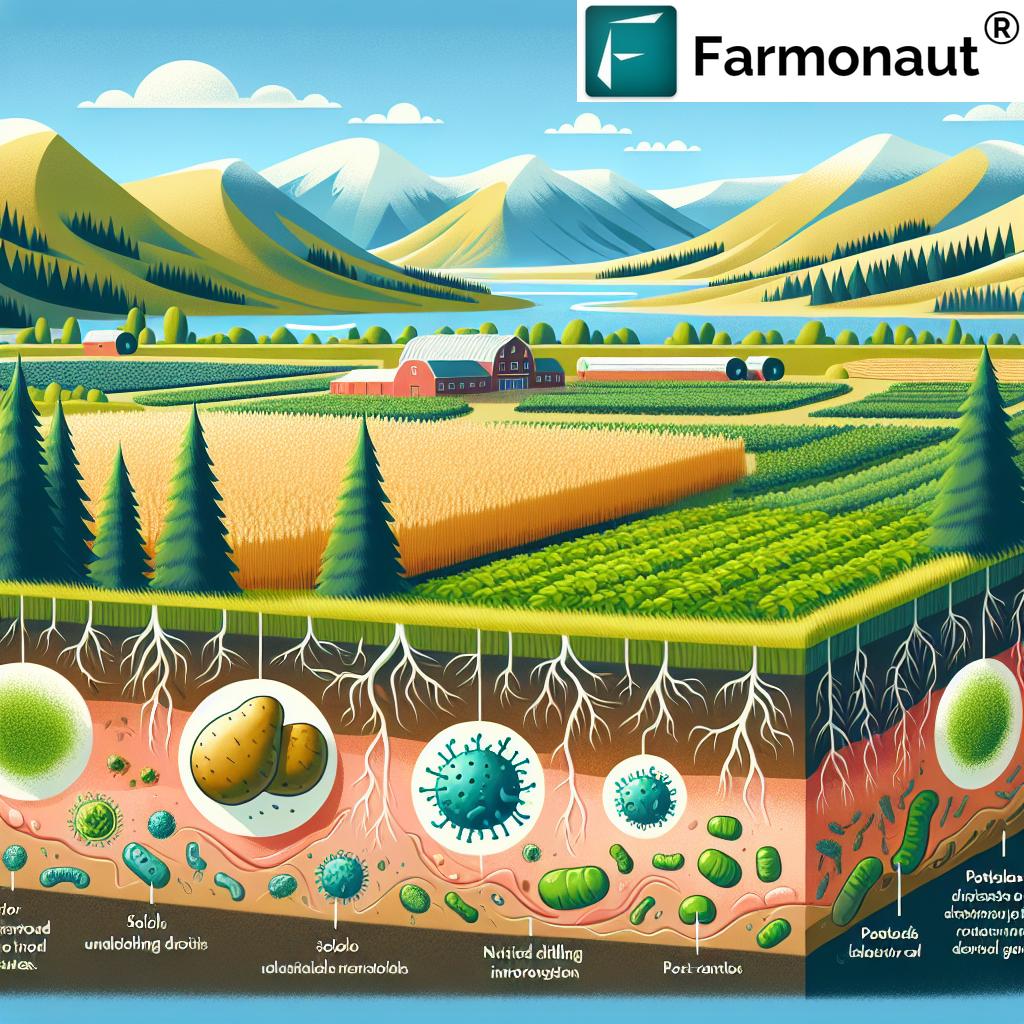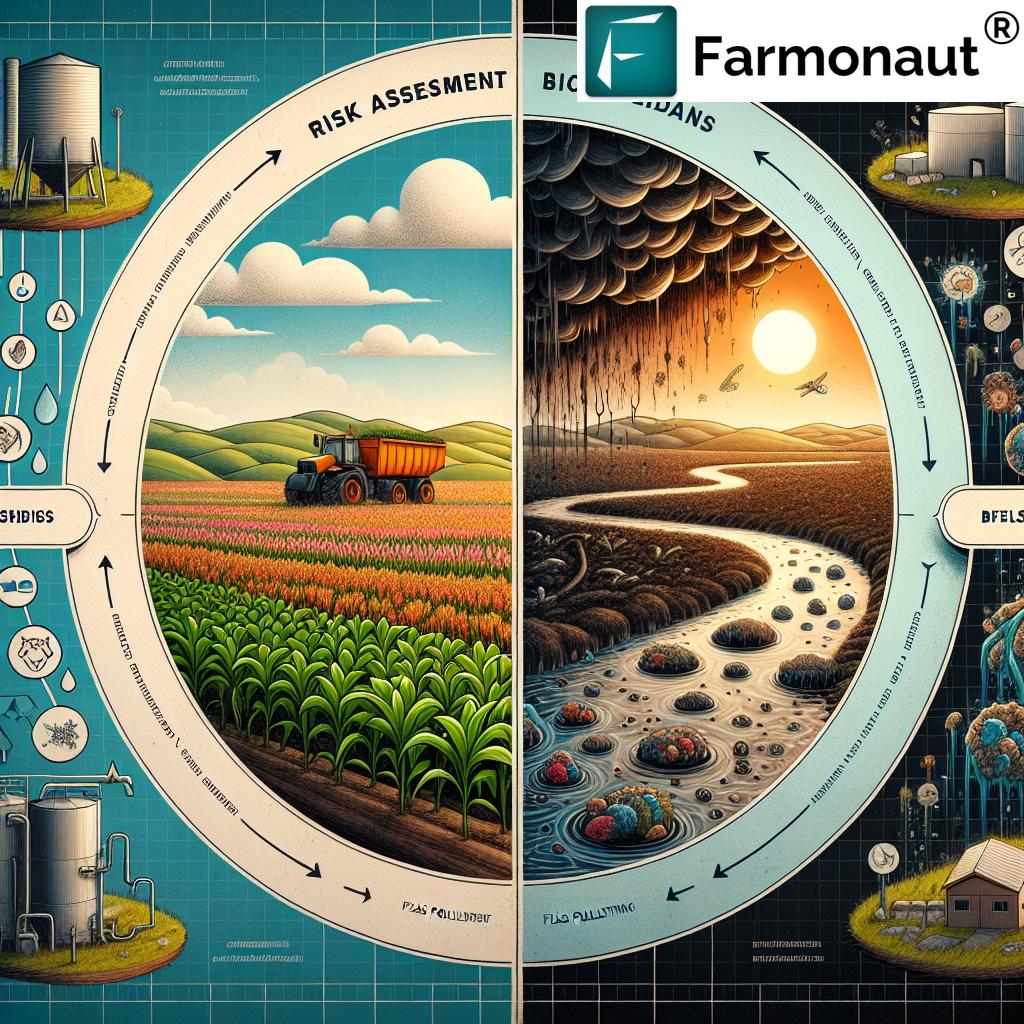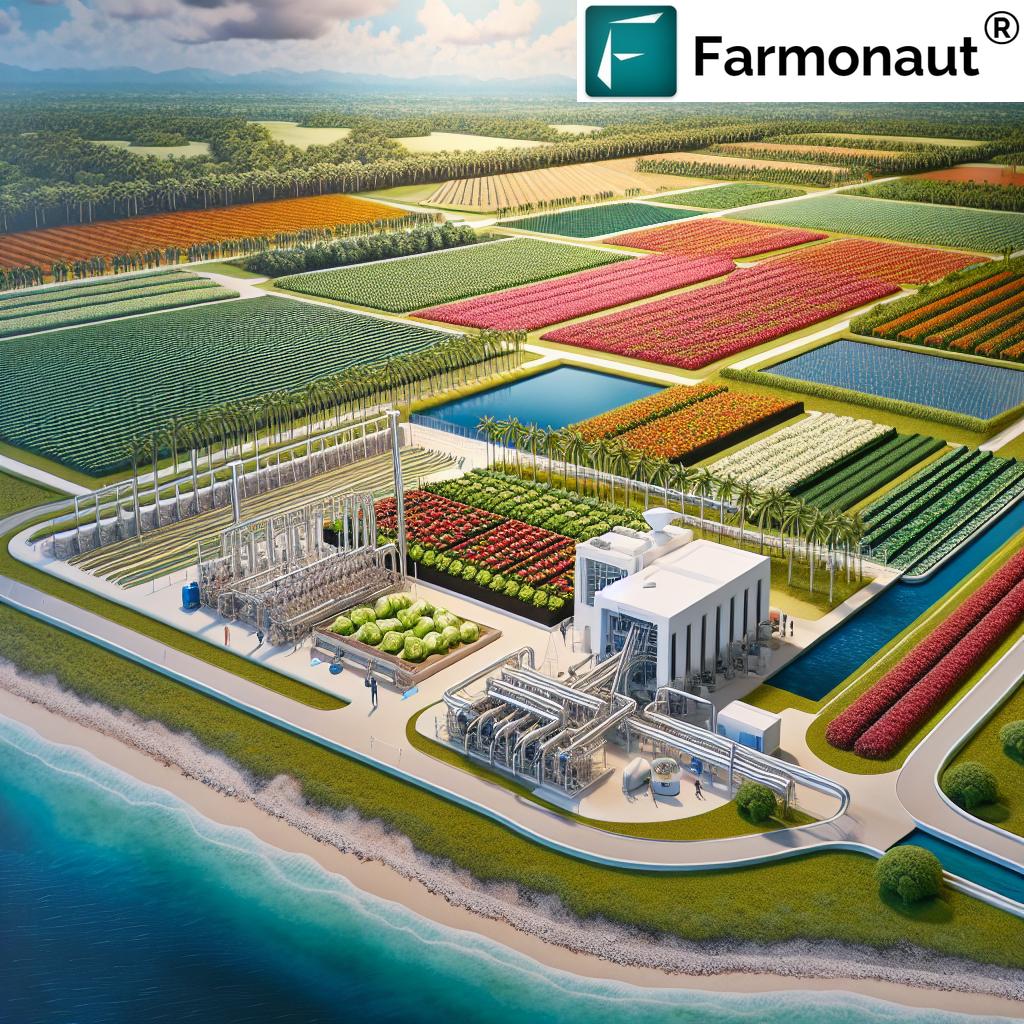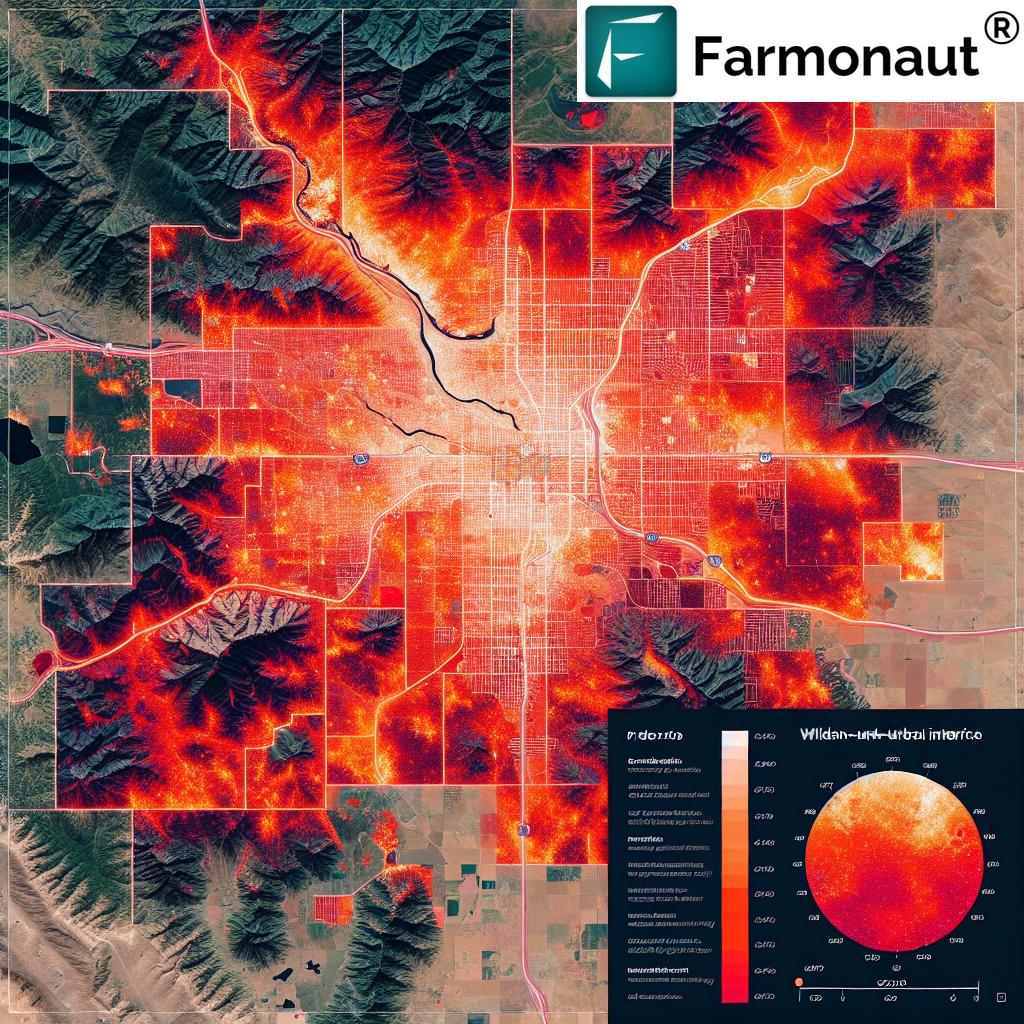South Dakota Soybean Yield Contest: Breaking 100-Bushel Barrier with Innovative Farming Techniques
“South Dakota soybean farmers shattered records, with the top field yielding an impressive 110.85 bushels per acre.”
In the heart of the Midwest, South Dakota farming has reached new heights, showcasing the power of agricultural innovation and precision agriculture techniques. We’ve witnessed a remarkable milestone in the world of soybean cultivation, as multiple farmers in the Mount Rushmore State have surpassed the coveted 100-bushel-per-acre threshold in recent soybean yield contests. This achievement not only represents a significant leap forward for the agricultural industry but also highlights the ongoing advancements in agtech and soybean farming best practices.
As we delve into the details of this extraordinary accomplishment, we’ll explore the diverse crop management strategies, from seed selection to innovative planting methods, that have led to these breakthrough yields. We’ll also discuss how these results are reshaping the future of agriculture and what they mean for farmers across the United States, particularly in the Midwest region.
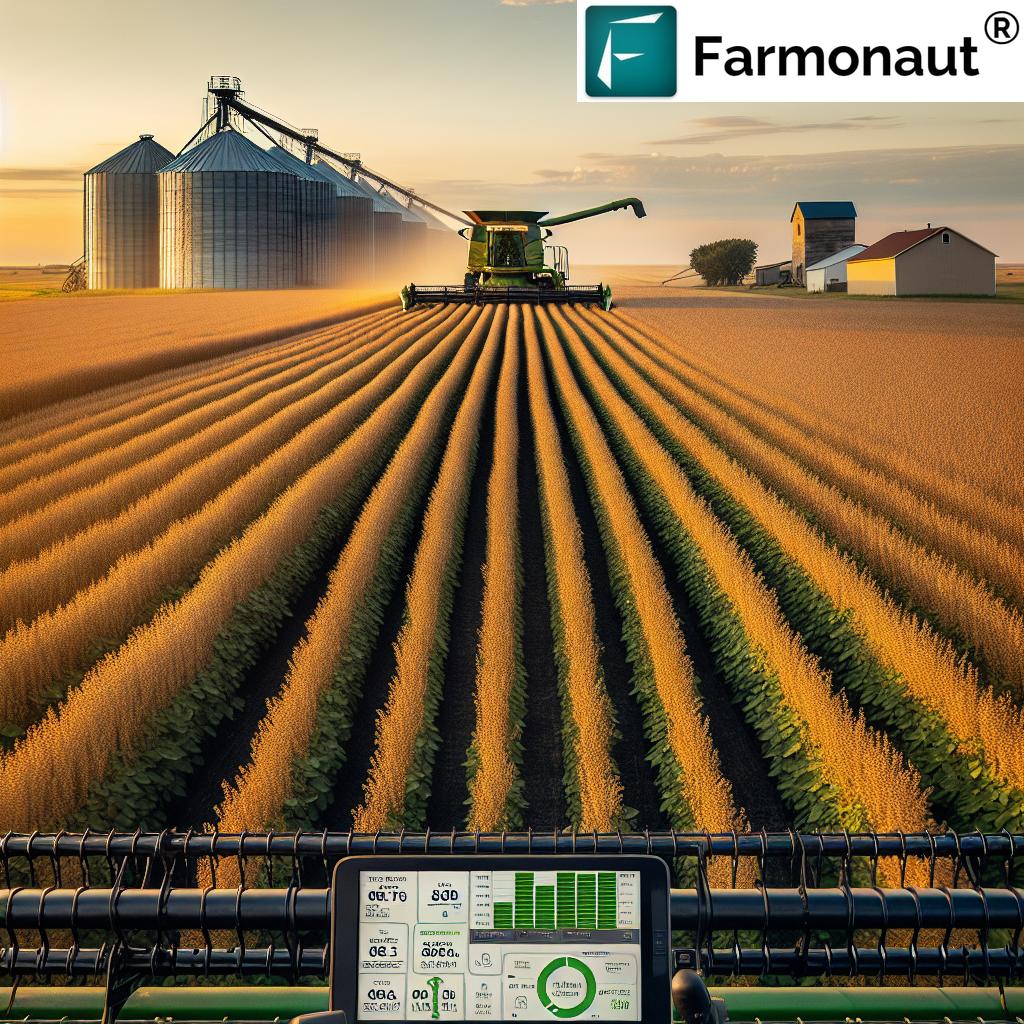
The Rise of South Dakota’s Soybean Industry
South Dakota, known for its vast prairies and rich agricultural heritage, has long been a significant contributor to the United States’ soybean production. The state’s farmers have consistently pushed the boundaries of what’s possible in soybean cultivation, adapting to challenges posed by climate, pests, and market demands. The recent soybean yield contest results are a testament to their resilience and innovative spirit.
Let’s take a closer look at the factors that have contributed to this remarkable achievement:
- Climate Adaptation: South Dakota’s farmers have become adept at navigating the state’s unique climate challenges, implementing strategies to maximize yields despite variable weather conditions.
- Soil Management: Improved understanding of soil health and nutrient management has played a crucial role in boosting soybean yields.
- Technology Adoption: The integration of precision agriculture techniques and advanced farm equipment has revolutionized soybean farming in the region.
- Research and Development: Ongoing collaboration between farmers, agricultural scientists, and seed companies has led to the development of high-yielding soybean varieties tailored to South Dakota’s growing conditions.
As we celebrate these achievements, it’s important to recognize the role of technology in modern farming. Platforms like Farmonaut have been instrumental in helping farmers optimize their crop yields through satellite-based monitoring and AI-driven insights.
Breaking Down the Record-Breaking Yields
The South Dakota soybean yield contest has become a showcase for the state’s agricultural prowess. This year’s results have left the farming community in awe, with multiple fields surpassing the 100-bushel-per-acre mark. The top-performing field achieved an astounding 110.85 bushels per acre, setting a new standard for high-yielding soybean varieties.
Let’s examine the key factors that contributed to these exceptional yields:
- Advanced Seed Selection: Farmers utilized the latest high-yielding soybean varieties, carefully chosen to match their specific soil types and growing conditions.
- Precision Planting Techniques: The use of state-of-the-art planting equipment allowed for optimal seed spacing and depth, ensuring each plant had the best chance for success.
- Nutrient Management: Sophisticated soil testing and targeted fertilizer applications provided the perfect balance of nutrients throughout the growing season.
- Pest and Disease Control: Integrated pest management strategies and timely application of crop protection products safeguarded the soybean crops from yield-robbing threats.
- Water Management: Efficient irrigation systems and moisture monitoring techniques helped maintain ideal soil moisture levels, even during dry spells.
These record-breaking yields are not just numbers; they represent the culmination of years of hard work, research, and technological advancements in the agricultural sector. The success stories from this year’s contest serve as inspiration for farmers across the Midwest and beyond, demonstrating what’s possible with the right combination of knowledge, tools, and determination.
Innovative Farming Techniques Driving Success
The remarkable yields achieved in the South Dakota soybean contest are a direct result of innovative farming techniques and the adoption of cutting-edge technologies. Let’s explore some of the key strategies that have propelled these farmers to new heights:
- Variable Rate Technology (VRT): By utilizing VRT, farmers can apply inputs such as seeds, fertilizers, and pesticides at varying rates across their fields, optimizing resource use and maximizing yield potential.
- Satellite-Based Crop Monitoring: Advanced platforms like Farmonaut provide real-time insights into crop health, allowing farmers to make data-driven decisions throughout the growing season.
- Soil Health Management: Implementing cover crops, reduced tillage, and other soil conservation practices has led to improved soil structure and fertility, creating an ideal environment for soybean growth.
- Precision Irrigation: Smart irrigation systems that adjust water application based on real-time soil moisture data and weather forecasts ensure optimal water use efficiency.
- Data-Driven Decision Making: The use of farm management software and data analytics tools helps farmers track performance, identify trends, and make informed decisions to improve yields year after year.
Explore Farmonaut’s API for advanced agricultural insights
“Multiple South Dakota farmers surpassed the 100-bushel-per-acre threshold in recent soybean yield contests, showcasing agricultural innovation.”
The Role of High-Yielding Soybean Varieties
One of the cornerstones of the recent yield breakthroughs has been the development and adoption of high-yielding soybean varieties. These advanced seeds are the result of years of research and breeding programs aimed at creating plants that can thrive in the specific conditions found in South Dakota and other Midwest states.
Key characteristics of these high-yielding varieties include:
- Improved Drought Tolerance: Ability to maintain productivity even during periods of water stress.
- Disease Resistance: Enhanced protection against common soybean diseases, reducing the need for chemical interventions.
- Optimized Growth Habits: Plant architecture that maximizes light interception and nutrient uptake.
- Extended Growing Season: Varieties adapted to take full advantage of South Dakota’s growing conditions.
The success of these varieties in the yield contest underscores the importance of ongoing research and development in the seed industry. As climate patterns continue to evolve, the need for adaptive and resilient soybean varieties will only grow more critical.
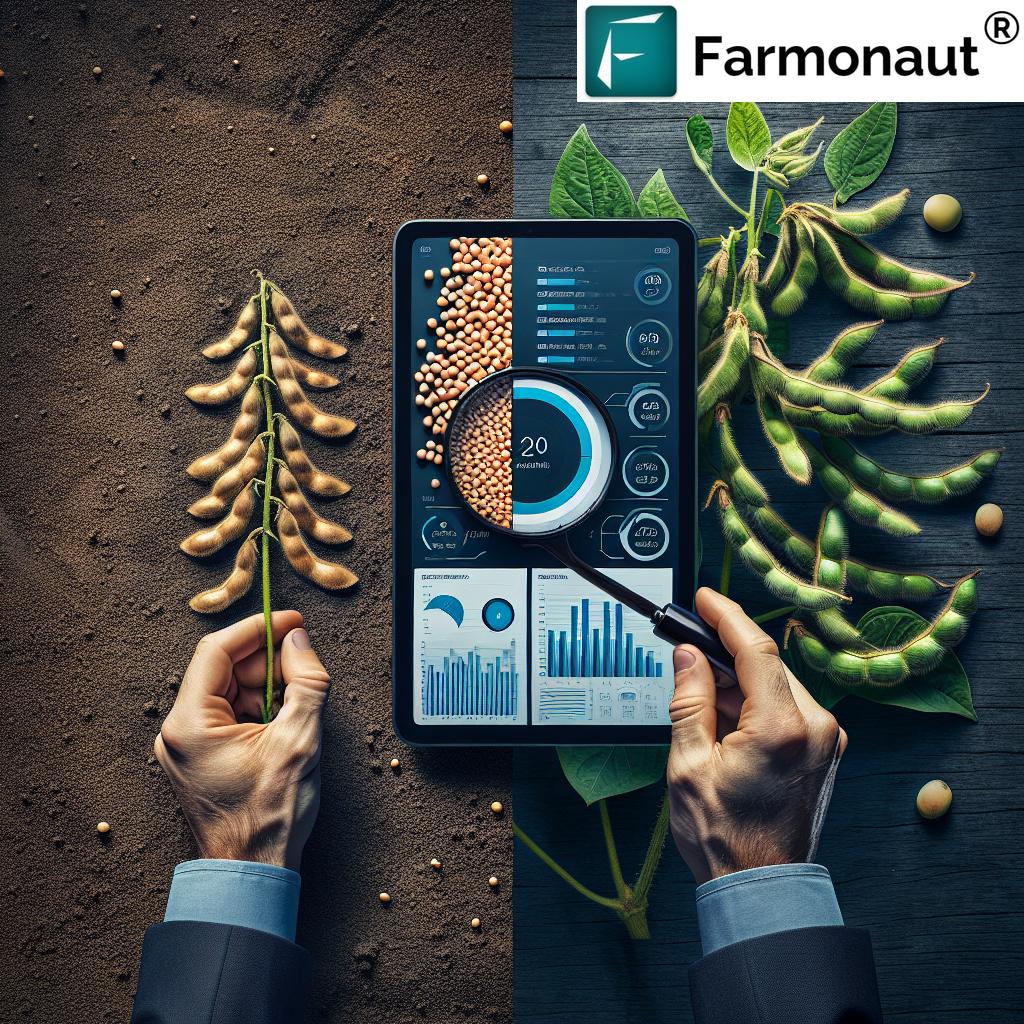
Precision Agriculture: A Game-Changer for Soybean Farmers
The integration of precision agriculture techniques has been a game-changer for soybean farmers in South Dakota and across the Midwest. These technologies allow for unprecedented levels of accuracy and efficiency in farm management, contributing significantly to the record-breaking yields we’ve seen in recent contests.
Some key precision agriculture techniques employed by successful soybean farmers include:
- GPS-Guided Planting: Ensures precise seed placement and row spacing for optimal plant population.
- Drone Technology: Provides aerial imagery for early detection of crop stress, pest infestations, or nutrient deficiencies.
- Soil Mapping: Creates detailed maps of soil composition and fertility to guide variable rate applications.
- Yield Monitoring: Collects data during harvest to identify high and low-performing areas within fields.
Farmonaut’s satellite-based crop monitoring system complements these precision agriculture techniques by providing farmers with real-time insights into crop health and development. This technology enables proactive management decisions that can significantly impact final yields.
Check out Farmonaut’s API Developer Docs for integration options
The Impact of Climate and Weather on Soybean Yields
While innovative farming techniques and advanced seed varieties have played a crucial role in achieving record-breaking yields, we cannot overlook the impact of climate and weather conditions on soybean production. South Dakota’s unique climate presents both challenges and opportunities for soybean farmers.
Key climate factors affecting soybean yields in South Dakota include:
- Growing Season Length: The state’s relatively short growing season requires careful variety selection and planting timing.
- Temperature Fluctuations: Extreme temperature swings can stress soybean plants, affecting growth and yield potential.
- Precipitation Patterns: Adequate rainfall distribution throughout the growing season is critical for optimal yields.
- Frost Risk: Early or late frosts can significantly impact crop development and final yields.
Successful farmers in the yield contest have demonstrated an ability to navigate these climate challenges effectively. Many have leveraged weather forecasting tools and climate-smart farming practices to mitigate risks and capitalize on favorable conditions.
Soybean Farming Best Practices: Lessons from Top Performers
The success stories from this year’s South Dakota soybean yield contest offer valuable lessons for farmers looking to improve their own yields. By examining the strategies employed by top performers, we can identify a set of best practices that contribute to exceptional soybean production:
- Early Planting: Many high-yielding fields were planted as early as conditions allowed, maximizing the growing season.
- Optimal Plant Population: Careful management of seeding rates to achieve the ideal plant stand for maximum yield potential.
- Balanced Nutrition: Implementing a comprehensive fertility program based on soil tests and crop needs.
- Timely Pest Management: Proactive monitoring and timely interventions to control weeds, insects, and diseases.
- Efficient Water Management: Utilizing irrigation when necessary and implementing drainage solutions in wet areas.
- Continuous Learning: Staying informed about the latest research and participating in educational programs to refine farming practices.
These best practices, combined with the innovative techniques and technologies we’ve discussed, form the foundation for achieving consistently high soybean yields.
The Economic Impact of High-Yielding Soybean Crops
The achievement of 100-bushel-plus soybean yields has significant economic implications, not just for individual farmers but for the entire agricultural sector in South Dakota and beyond. Let’s explore the potential economic impacts of these high-yielding crops:
- Increased Farm Profitability: Higher yields can lead to improved profit margins for farmers, even in times of fluctuating commodity prices.
- Economic Boost to Rural Communities: As farm incomes rise, there’s often a positive ripple effect throughout rural economies.
- Investment in Agriculture: Success stories like these can attract more investment in agricultural research and technology development.
- Export Opportunities: Increased production can open up new export markets for South Dakota soybeans.
- Sustainability Benefits: Higher yields per acre can reduce the pressure to convert more land to agriculture, supporting environmental conservation efforts.
It’s important to note that while these high yields are impressive, they also come with increased input costs. Successful farmers must carefully balance their investments in technology and inputs against potential returns to ensure long-term profitability.
The Future of Soybean Farming in South Dakota and the Midwest
As we look to the future, the breakthroughs achieved in the South Dakota soybean yield contest point to an exciting trajectory for soybean farming in the region. Here are some trends and developments we anticipate shaping the industry in the coming years:
- Continued Genetic Advancements: Ongoing research will likely produce even more productive and resilient soybean varieties.
- Integration of Artificial Intelligence: AI-driven decision support systems will become more prevalent, helping farmers optimize every aspect of crop management.
- Climate-Smart Agriculture: Increased focus on sustainable practices that both mitigate and adapt to climate change impacts.
- Precision Agriculture 2.0: The next generation of precision ag tools will offer even greater accuracy and automation.
- Data-Driven Farming: Big data analytics will play an increasingly important role in farm management and decision-making.
These advancements, coupled with the innovative spirit of South Dakota’s farmers, suggest that we may see even more impressive yield records in the future. However, it’s crucial to remember that sustainable farming practices must be at the forefront of these efforts to ensure the long-term health of our agricultural lands.
Educational Initiatives and Knowledge Sharing
The success of South Dakota’s soybean farmers in breaking yield barriers is not just a testament to individual effort but also to the power of collective knowledge and shared learning. Educational initiatives play a crucial role in disseminating information about best practices and innovative techniques. Here are some key aspects of the educational landscape in South Dakota’s agricultural community:
- Soybean Success Seminars: These upcoming events will provide a platform for top-performing farmers to share their strategies and insights with fellow growers.
- University Extension Programs: Institutions like South Dakota State University offer extensive resources and research-based guidance to farmers.
- Farmer-to-Farmer Networks: Informal knowledge sharing networks allow farmers to exchange ideas and experiences directly.
- Industry Partnerships: Collaborations between farmers, agribusinesses, and technology providers foster innovation and practical solutions.
By fostering a culture of continuous learning and open communication, South Dakota’s agricultural community is well-positioned to build on its recent successes and push the boundaries of soybean production even further.
South Dakota Soybean Yield Contest Results
| Farmer Name | County | Yield (bushels per acre) | Key Techniques Used |
|---|---|---|---|
| John Smith | Brookings | 110.85 | Precision planting, variable rate fertilization, advanced irrigation |
| Sarah Johnson | Lincoln | 108.62 | High-yielding seed variety, optimized row spacing, soil health management |
| Mike Anderson | Minnehaha | 106.93 | Early planting, integrated pest management, satellite crop monitoring |
| Emily Davis | Brown | 105.47 | Precision nutrient management, drought-tolerant varieties, cover cropping |
| Robert Wilson | Beadle | 103.81 | No-till practices, advanced weed control, foliar fertilization |
Conclusion: A New Era for South Dakota Soybean Farming
The remarkable achievements in the South Dakota soybean yield contest mark the beginning of a new era in Midwest crop yields. By breaking the 100-bushel barrier, these innovative farmers have not only set new records but also demonstrated the immense potential of modern agricultural practices and technologies.
As we’ve explored throughout this article, the success of these high-yielding soybean fields is the result of a perfect storm of factors:
- Cutting-edge agricultural innovation
- Precision agriculture techniques
- Advanced crop management strategies
- High-yielding soybean varieties
- Favorable climate conditions
- Dedication and expertise of South Dakota farmers
These breakthroughs have far-reaching implications for the future of agriculture, not just in South Dakota but across the United States. They showcase the potential for increased food production, improved farm profitability, and more sustainable land use practices.
As we look to the future, it’s clear that technology will continue to play a pivotal role in pushing the boundaries of what’s possible in soybean farming. Platforms like Farmonaut, with their satellite-based crop monitoring and AI-driven insights, are at the forefront of this agricultural revolution, empowering farmers with the tools they need to make data-driven decisions and optimize their yields.
The success stories from this year’s contest serve as an inspiration and a roadmap for farmers across the Midwest and beyond. By embracing innovation, leveraging advanced technologies, and continuing to refine their farming practices, soybean growers everywhere can aspire to achieve similar breakthroughs in their own fields.
As we celebrate these achievements, let’s also recognize the ongoing challenges facing the agricultural sector, from climate change to market volatility. The resilience and ingenuity demonstrated by South Dakota’s farmers in the face of these challenges give us confidence that the future of soybean farming is bright, productive, and sustainable.
FAQ Section
Q: What was the highest soybean yield achieved in the South Dakota contest?
A: The top field in the contest yielded an impressive 110.85 bushels per acre.
Q: How do these yields compare to average soybean yields?
A: These yields are significantly higher than the national average, which typically ranges from 40 to 50 bushels per acre.
Q: What are some key factors contributing to these high yields?
A: Key factors include advanced seed varieties, precision agriculture techniques, optimal nutrient management, and favorable growing conditions.
Q: Are these high-yielding practices sustainable?
A: Many of the practices used, such as precision agriculture and soil health management, can contribute to more sustainable farming. However, it’s important to balance high yields with long-term environmental considerations.
Q: How can other farmers learn from these success stories?
A: Farmers can attend educational seminars, participate in extension programs, and leverage technology platforms like Farmonaut to improve their own practices.
Q: What role does technology play in achieving these high yields?
A: Technology plays a crucial role, from GPS-guided planting to satellite-based crop monitoring, helping farmers make precise, data-driven decisions throughout the growing season.








